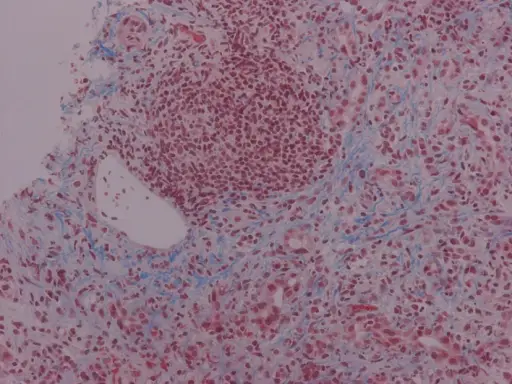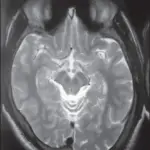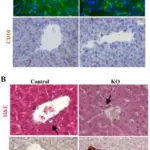Cholestatic diseases is due to the defective bile acid transport from the liver to the intestine
What is the Pathology of Cholestatic Diseases?
The pathology of cholestatic diseases is:
-Etiology: The cause of cholestatic diseases is the primary damage to the biliary epithelium
-Genes involved: None.
-Pathogenesis: The sequence of events that lead to cholestatic diseases includes genetic defects, mechanical aberrations, toxins, or dysregulations in the immune system that damage the bile ducts and cause accumulation of bile and liver tissue damage.
-Histology: The histology associated with cholestatic diseases shows hepatic parenchyma with abnormal bile.
How does Cholestatic Diseases Present?
Patients with cholestatic diseases typically affects male and female present at the age range of 40-50. The symptoms, features, and clinical findings associated with cholestatic diseases include jaundice, ascites, light colored stool, dark urine, nausea, and excessive itching.
How is Cholestatic Diseases Diagnosed?
Cholestatic diseases is diagnosed using ultrasound and CT scan.
How is Cholestatic Diseases Treated?
Cholestatic diseases is treated with ursodeoxycholic acid and obeticholic acid
What is the Prognosis of Cholestatic Diseases?
The prognosis of cholestatic diseases is fair if treated at on early stage.



